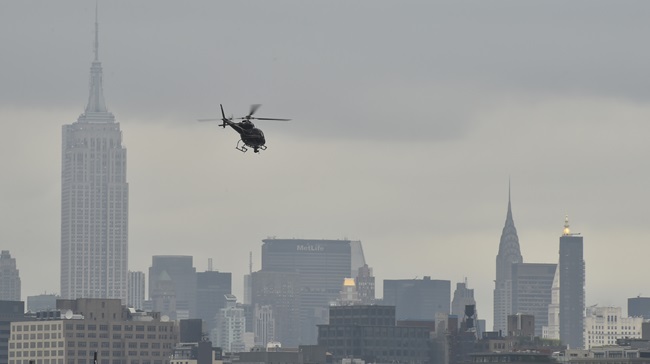More efficiency, less privacy?
Shielding aircraft identity a challenge in ADS-B era
The introduction of Automatic Dependent Surveillance-Broadcast (ADS-B) as the next-generation air traffic control technology promises gains in efficiency, capacity, and safety. Privacy, on the other hand, stands to suffer unless a means is developed to withhold identities of aircraft that owners do not want to be visible to anyone with a non-FAA receiver that can capture the information.
To begin addressing that problem, the FAA has invited members of the aviation industry to submit comments by April 30 on the scope of the privacy-protection problem, and the qualifications of vendors who might take on the project of implementing a solution.
The literal broadcasting of that identifying information is the key difference from the legacy ATC system, which processes aircraft flight data in response to a radar system’s interrogation. The information transfer function of ADS-B lets the data bypass an existing privacy-protection program available to general aviation and charter operators—the Block Aircraft Registration Request (BARR) program—rendering it obsolete for aircraft with a Mode S transponder or ADS-B Out.
There’s another complication: ADS-B equipment must be operated in transmit mode at all times, a requirement that AOPA and the National Business Aviation Association believe may be discouraging some operators who desire privacy for security or business reasons from equipping with ADS-B Out, as will become mandatory for most operations on Jan. 1, 2020.
“Since the inception of ADS-B, AOPA has been advocating for the FAA to provide privacy options for aircraft owners that equip,” said Rune Duke, AOPA senior director of airspace and air traffic. “We know many general aviation pilots are concerned about the potential loss of anonymity.”
One solution the FAA is considering is forming an industry partnership to test the use of alternative ICAO codes that could be “changed routinely by aircraft operators upon request,” Duke said.
“The FAA is soliciting feedback on the concept of ‘rolling’ ICAO codes, which would facilitate ADS-B privacy. AOPA intends to make recommendations, based on member input,” he said.Not all ADS-B users are affected, however, because some Universal Access Transceiver avionics for ADS-B have a capability to “anonymize” the aircraft. As AOPA reported on Feb. 5, 2016, “FAR 91.227 specifically allows operators with TSO-C154c-compliant 978UAT ADS-B Out equipment to temporarily transmit a self-assigned (randomized) 24-bit address, and no call sign. This option is not available for aircraft with 1090ES ADS-B Out equipment. Beginning January 1, 2020, the UAT anonymous 24-bit address feature may only be used in ADS-B-mandated airspace when the pilot has not filed a flight plan and is not requesting ATC services. The ADS-B call sign—for general aviation pilots, typically the aircraft’s N number—may be omitted only when using the anonymous 24-bit address.”
Duke encouraged pilots to provide AOPA with feedback on alternative ICAO codes as a solution to the privacy concerns of aircraft operators.




